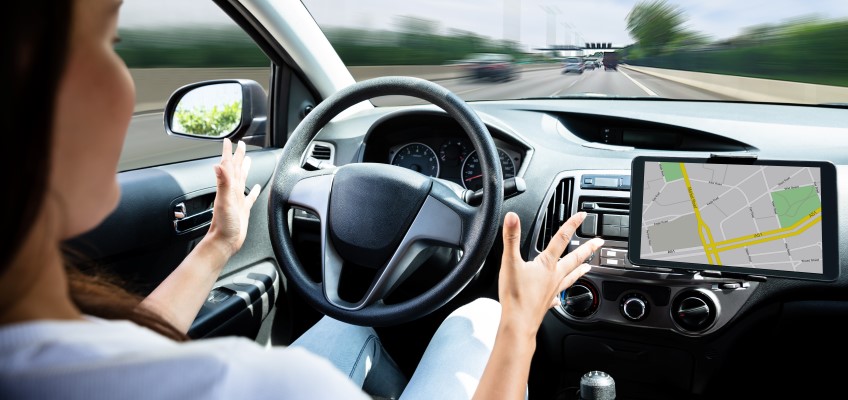Connected, cooperative, and automated vehicles, vessels, and systems - a knowledge base

The digitization of the transport sector will bring increased connection, collaboration and automation, while creating favourable conditions for the introduction of sharing services.
The government has tasked Transport Analysis to produce a comprehensive knowledge base that highlights the challenges and opportunities of connected, collaborative and automated vehicles, vehicles and systems.
- Rapport 2019:8 Uppkopplade, samverkande och automatiserade fordon, farkoster och system - ett kunskapsunderlag (Full report in Swedish)
- Analys- och modellverktyg i en framtid med mer uppkopplade, samverkande och automatiserade fordon (Background report in Swedish)
- Styrmedel vid automatisering (Background report in Swedish)
- Summary report: Connected, cooperative, and automated vehicles, vessels, and systems – a knowledge base
The primary benefits that a connected, cooperative, and automated transport system may bring are improved traffic safety, greater accessibility, reduced environmental impact, and more efficient use of infrastructure, vehicles, and vessels. There is considerable evidence that transport costs could be lowered as well.
The change process will have the greatest impact on road transport, and not only because that is the largest subsector in economic terms. It is also here that the benefits will be most palpable in the form of improved traffic safety, accessibility, and efficiency. This is partly because traffic accidents, emissions, and congestion constitute the biggest problems in this sector, and partly because other transport modes have progressed further along this development path. One significant reason why other transport modes have progressed further is that road transport involves a more extensive infrastructure, more actors, and more vehicles, and because the accessibility of the road transport system is unlimited in several respects. Conversely, rail and air transport are already functioning as systems with advanced traffic management.